
In this instalment of an ongoing series - in which our editors traverse the intersection between horology and other spheres of popular culture - we consider a handful of the most significant footwear and timepieces associated with ‘His Airness’
Truth be told, it’s difficult to compare the legacy of Michael Jordan (as arguably the greatest NBA player of all time and a Messianic figure in sneaker culture) with his penchant for watch collecting – at least superficially. Whilst the six-time NBA champion is an avid student of horology, the influence of his eponymous Jordan Brand, founded 37 years ago amidst the golden age of the 1984-85 season, continues to cast a long shadow over hype culture, fashion, and the public’s imagination in general. Indeed, it would only be a slight exaggeration to say that without Jordan, in 2022, sneakerhead culture as we know it probably wouldn’t exist – a declaration rooted in the unprecedented way Air Jordan combined cutting-edge product design and an elusive cool factor borne of MJ’s own reputation (in every avenue of life) for nothing less than total victory.

Air to Sneakerdom’s Throne
Even prior to the arrival of the inaugural Air Jordans, one gets a sense of just how magnetic anything associated with MJ’s on-court career would eventually become. Over the years, oldheads and aficionados have (rightfully) held the AJ1 up as the greatest sneaker of all time, but even those designs falling outside the ambit of His Airness’s multi-decade partnership with Nike have benefited from their proximity to greatness.
At the 1984 Summer Olympics, on the cusp of his rookie season with the Chicago Bulls, Jordan favoured a pair of relatively spartan blue-on-white Converses. Sans air bubbles, carbon fibre, or any other such technological refinement, Jordan wore this classic hi-top silhouette to a 96-65 victory over Spain; tallying a gold medal win for the US in the process. In 2017, SCP Auctions sold these game-worn Converses for US$190,373 – an impressive figure despite the shoes’ lack of Air Jordan branding and their provenance from very early on in Jordan’s career.
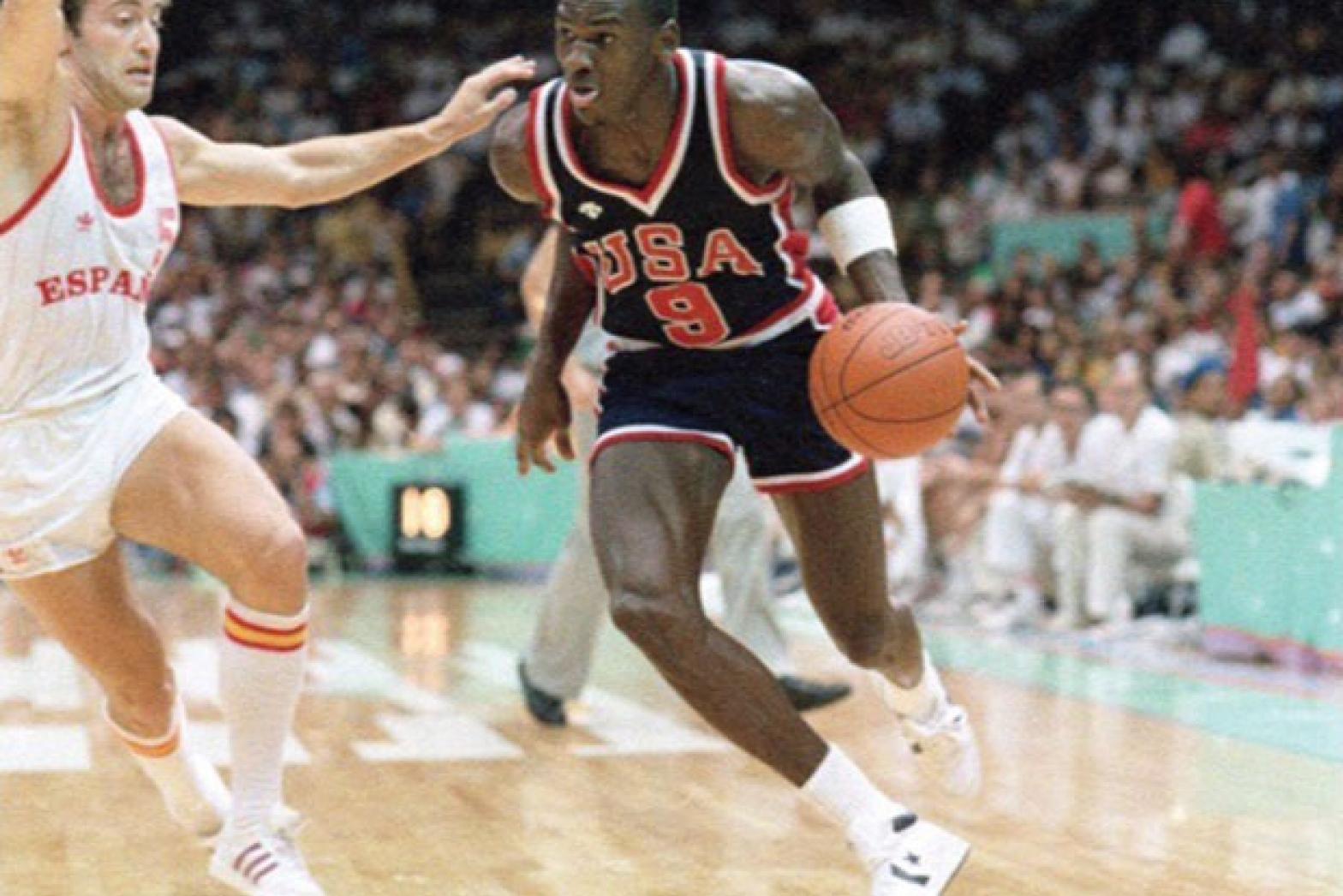

To nobody’s surprise, the SCP auction opened up new avenues of interest in game-worn-sneakers-as-collectibles – yet even the most prescient shoe collectors would be stunned by the growth in the segment these last 2-3 years. With worldwide lockdowns and aggressive consumer spending thrown into the mix, things all came to a head last October when Sotheby’s announced it had sold Jordan’s own Nike Air Ships – for an immodest US$1.4 million. Worn in game 5 of Jordan’s rookie season with the Chicago Bulls, these red-and-white sneakers affirmed (in spectacularly public fashion) that the age of the ‘modern collectible’ – a category NFTs and vinyl toys are also invariably ascribed to – is here for the long haul.
The million-dollar sale of Jordan’s 1985 Air Ships cannot be hand-waved away with formulaic analysis, but what is clear (simply by contrasting the results of the SCP auction in 2017) is that Nike added significantly to the shoe’s appeal. The company that bears Jordan’s name and likeness mid-air is nominally its own enterprise (and a multi-billion dollar one at that), but remains firmly entrenched in the Swoosh’s larger legacy – something impossible to discuss without first uttering the words ‘Air Jordan One’.

More than just a shoe, the AJ1’s creation myth touches virtually every aspect of pop culture that is connected with the wider spectacle of 90s-era basketball. There’s the fact Nike offered Jordan $2.5 million to create an annual sneaker release with his name on it (essentially unheard of at the time); the subsequent uproar from NBA officials when the AJ1 made its debut during the 1985 pre-season; and who could forget the legendary ‘Banned’ commercial? – the closest any ad agency has come, IRL, to channeling the emotive firepower of Don Draper pitching Lucky Strike.

This all makes for a series of Jordans that is, to put it politely, stupidly collectible: period-correct AJ1s routinely shift hands for US$20,000, with those examples worn by Jordan himself realising many multiples of that at auction. Recently, the most well-known of these is the ‘Shattered Backboard’, which sold in an online auction at Christie’s in 2020 for US$615,000. Worn by MJ during an exhibition game in the Italian city of Trieste, this particular pair derived its nickname from an incident in which the sheer force of his dunking caused a backboard to shatter into thousands of pieces.
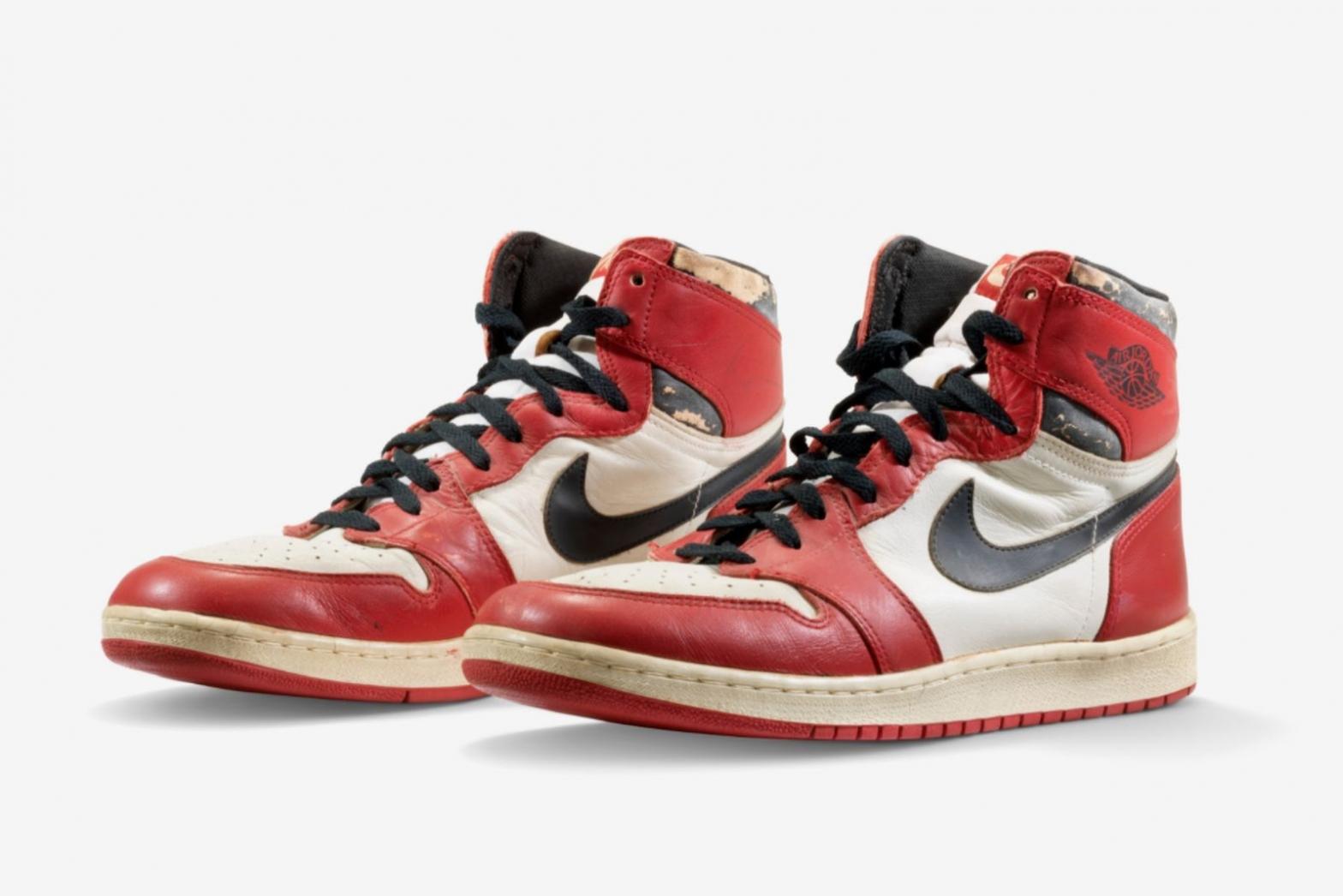
As you’d expect of any influential design object – the Porsche 911 or Genta’s prototypical Royal Oak – the original Air Jordan has spawned an entire lineage of offshoots and derivations these past 37 years. Any one of these (even the zany styles associated with the ‘Team Jordan’ imprint) merits scrutiny, but the original Roman numeral series, particularly those conceived by Tinker Hatfield, tend to receive the most airtime. Arguably the only other figure as synonymous with Jordan Brand as MJ himself – it certainly didn’t hurt that he was active during some of the most iconic phases in MJ’s career – Hatfield worked consecutively on over a dozen different generations of Air Jordan, including the AJ4 and AJ12.

The AJ4’s place in the pantheon of sneaker stardom was more or less assured when Jordan was snapped wearing them in the 1989 playoffs against the Cleveland Cavaliers. Immortalised within one of professional basketball’s iconic clutch moments (what fans simply refer to as ‘The Shot’) this particular iteration of Air Jordan went on to permeate nearly every aspect of public life in 90s-era America. One of the driving forces of that inescapable influence was Spike Lee’s Do The Right Thing. In it, actor Giancarlo Esposito wears the classic white/cement colourway – only to have his pristine Jordans scuffed by a callous Boston Celtics fan. For Lee, the AJ4 was a powerful dialectical device, encouraging young black audiences to discuss race relations, gentrification and the outsized role Jordan was having on a generation.

The AJ4’s appearances on-screen, in addition to its unyielding popularity with fashion cognoscenti – the late Virgil Abloh famously turned it into a pared-down tonal women’s shoe – have made it something of a tentpole for Jordan Brand. Aesthetically, it exists as a polar opposite to another of Hatfield’s noteworthy designs – the AJ12. Widely revered as one of the most well-constructed Jordans, the 12 showcased Hatfield’s highly abstract, imaginative ideas about footwear. In contrast to earlier series like the AJ5 and AJ6, the 12’s svelte, overarching profile was influenced by sources ranging from fashion catwalks to science fiction. The shoe’s upper borrowed from the iconography of the Rising Sun – a controversial symbol, loaded with historic connotations of Japanese militarism. Though a lesser designer might have had trouble separating the AJ12 from such controversial motifs, Hatfield used the design of the Rising Sun itself to enrich his shoe’s functional elements. The integration of leather panels and radial stitching have made the AJ12 a favourite for other designers to freestyle on, leading to such high-profile releases as the ‘Dark Grey’, made in collaboration with Public School New York.

The World’s Most Interesting Watch Collector
Granted, a direct comparison between ‘Michael Jordan, streetwear icon’ and ‘Michael Jordan, watch collector’ feels a shade arbitrary; though one can draw certain inferences about the GOAT’s mindset in the latter area – based on his impassioned, continuous involvement in the sneaker community. Evolved, inimitable, bombastic: these are all apt to describing Jordan’s iconic career on and off-court, not to mention, the way he approaches watches.
From the neoprene sleeves of the AJ6 to the AJ11’s patent leather uppers, material innovation has always been a prerequisite for any MJ co-signed shoe. This obsession with throwing a cutting-edge element into the mix is something that has transferred over to Jordan’s horological hobby: most visibly, in the opening minutes of Netflix’s award-winning documentary The Last Dance, featuring a very conspicuous cameo from the Roger Dubuis Excalibur Spider Pirelli. Appropriately, the Excalibur is just as large and striking as the Bulls’ most prodigious shooting guard – crafted in a 45mm case housing a micro-rotor and intricate constellation of skeletonized titanium bridges. Further still, the watch’s bezel incorporates rubber hewn from actual F1 racing tires, a fitting metaphor for Jordan, in light of his legendary speed and unguardability on offence.

That love of technical innovation isn’t just for show either. When MJ rocked up for ceremonial duties at the 2020 NBA All-Star Weekend, he did so with an Urwerk UR-202S strapped to his wrist – a contraption that utilises technology and engineering principles more befitting the Gundam universe. Nicknamed ‘Full Metal Jacket’, the UR-202S is one of a select few timepieces Urwerk has produced on an integrated bracelet. Time is told via an ingenious system of satellite hour indicators, and a needle-like pointer that tracks the precise minute. Additionally, the movement is regulated with a pair of miniature turbines: these use compressed air to actuate the watch’s rotor, eliminating the need for wrist movement while enhancing durability. A benchmark in the realm of independent watchmaking, from a brand that’s always one step ahead, it makes perfect sense why Jordan would gravitate towards the 202S.
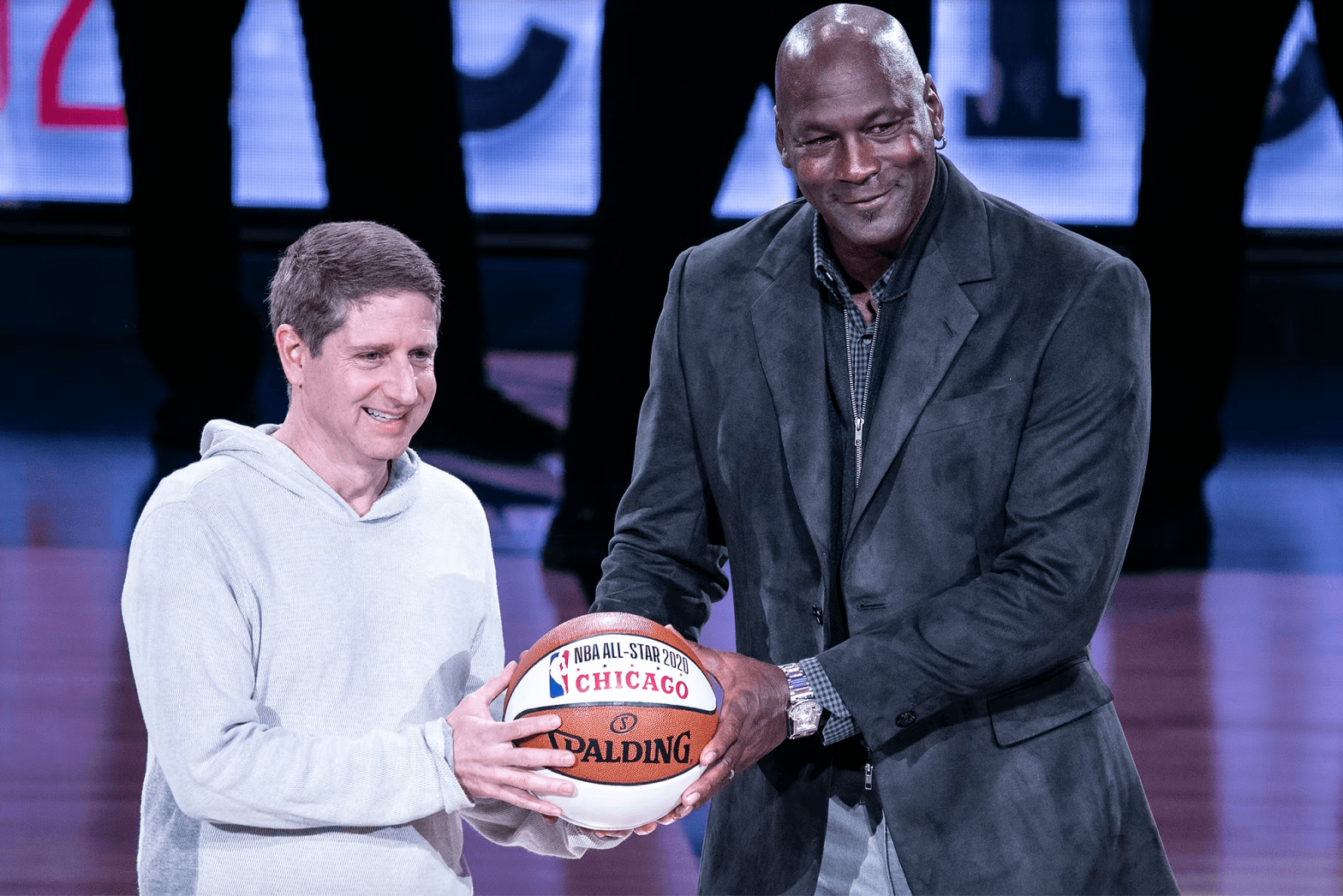

That deep appreciation for fellow artists operating at the top of their game didn’t crystallise with Urwerk. In fact, it’s widely known that prior to discovering the work of Martin Frei and Felix Baumgartner, Jordan was already very dialled in to small-scale, ultra high-end watchmaking. In photographs taken during the first season of MJ’s comeback with the Washington Wizards (2001-02), he is clearly seen sporting a first generation Datograph. The Dato had a devastating effect on the Swiss watch industry when it was initially released in 1999 – not unlike Jordan following his drafting. One of the only flyback chronographs to be manufactured outside of Switzerland at the time (and completely in-house to boot), it presented a game-changing amalgam of function, complexity and steely good looks – an appropriate companion for the man with two three-peats under his heel.
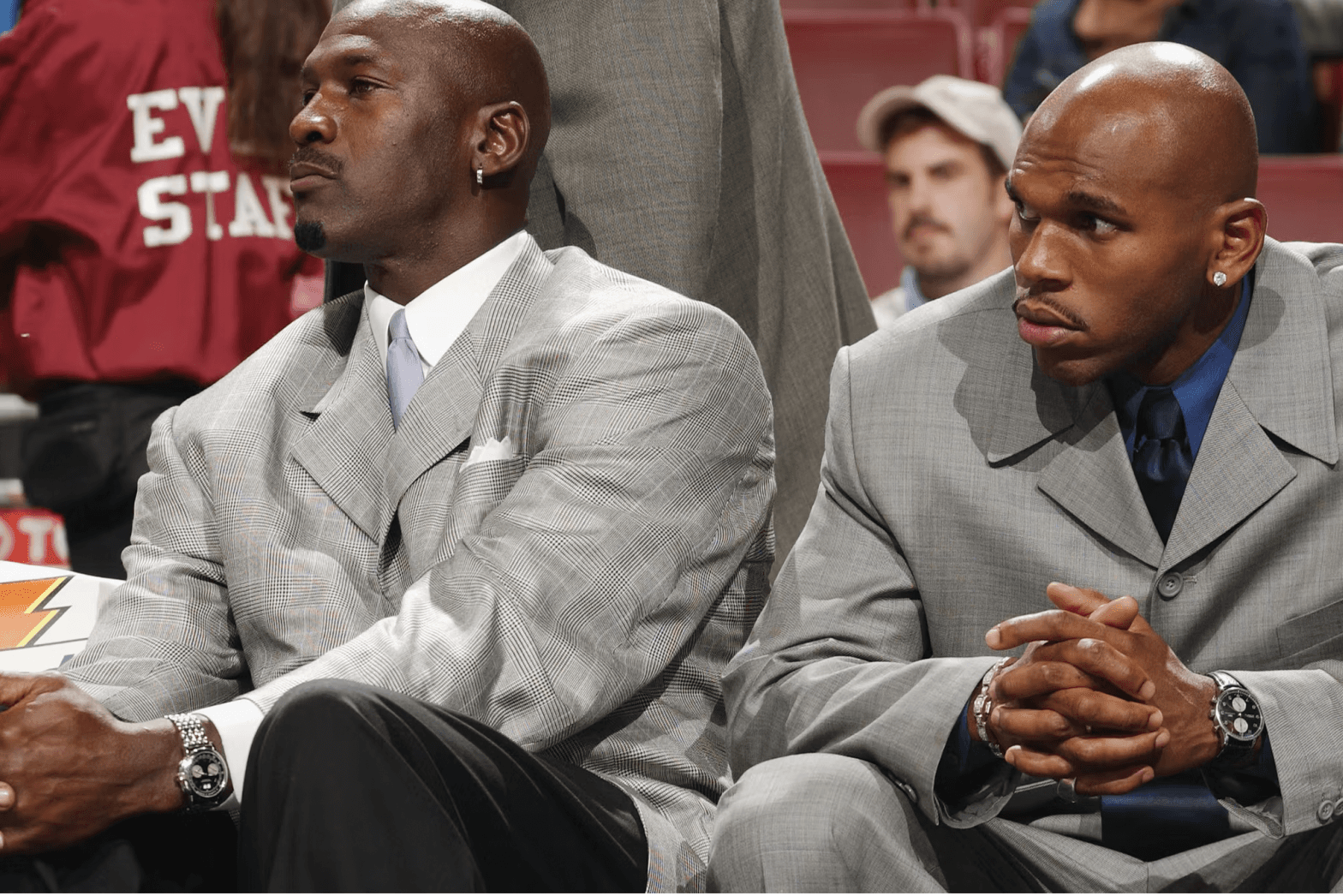

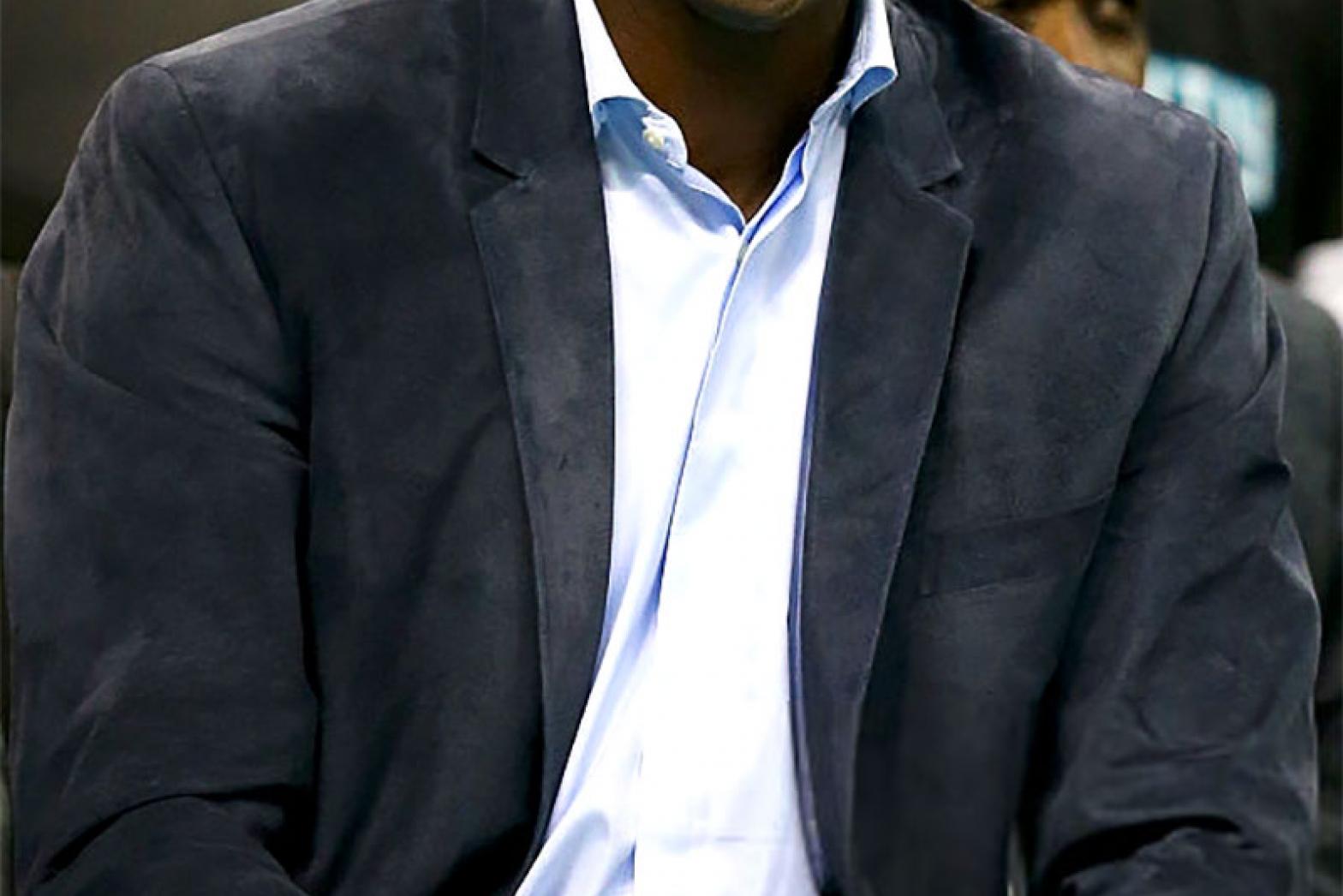
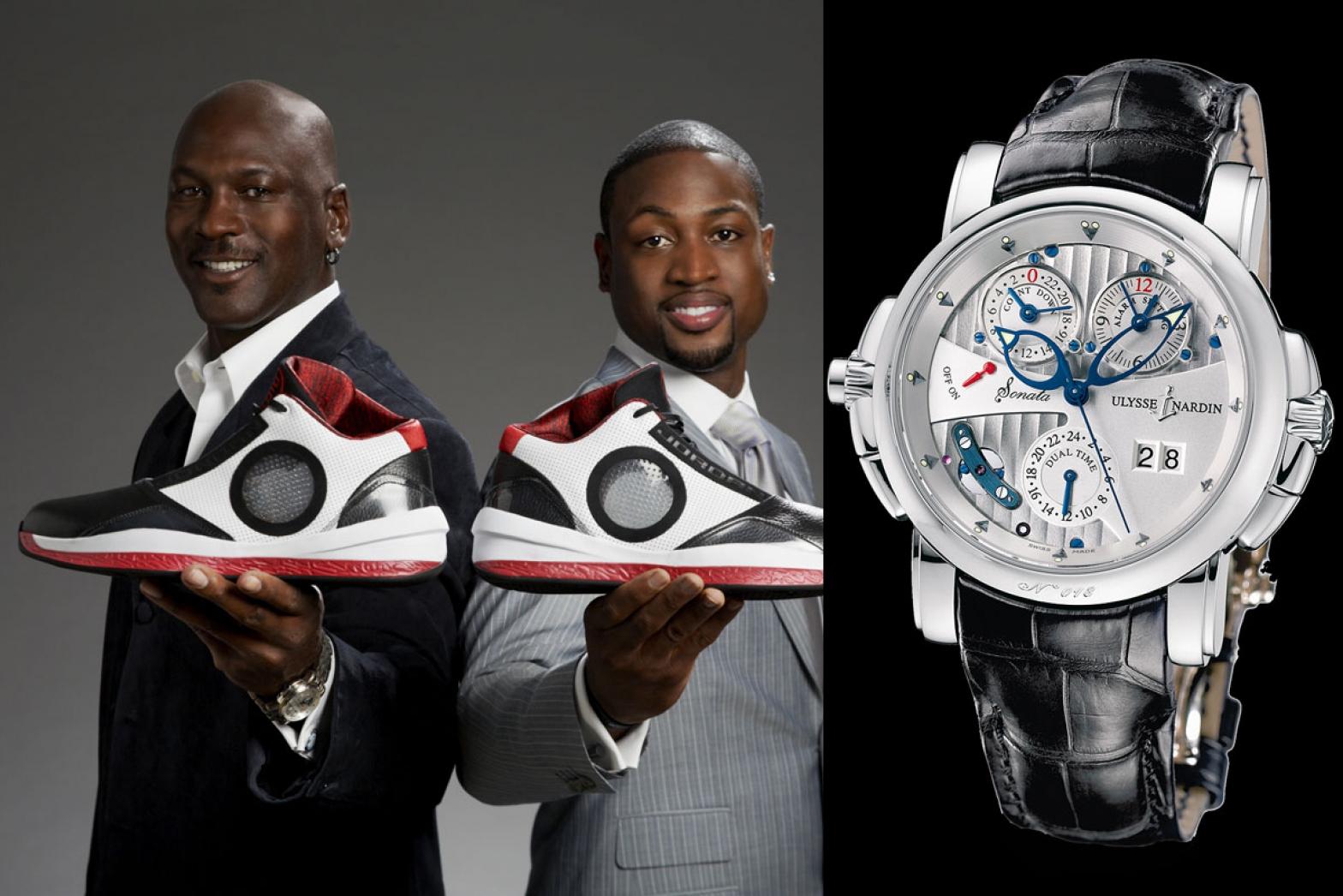
Even going beyond the Datograph and UR202S, it’s apparent that what Jordan prizes most in his watches is an exceptional sense of individuality. Though there have been occasions when he has worn ubiquitous pieces – who could say no to a platinum Daytona? – these are seemingly in the minority. Diehard watch spotters are more likely to find him with a Ulysse Nardin Sonata Cathedral on the wrist, or some asymmetric shape watch from AP (that isn’t a Royal Oak). Whereas most players in the league seek to amplify their credibility by accumulating the predictable tokens of success, the popularity of anything that Jordan chooses to strap to his wrist is virtually immaterial. That which is good becomes great, by simple association – when one’s game is so manifestly untouchable, this tends to be the case.
